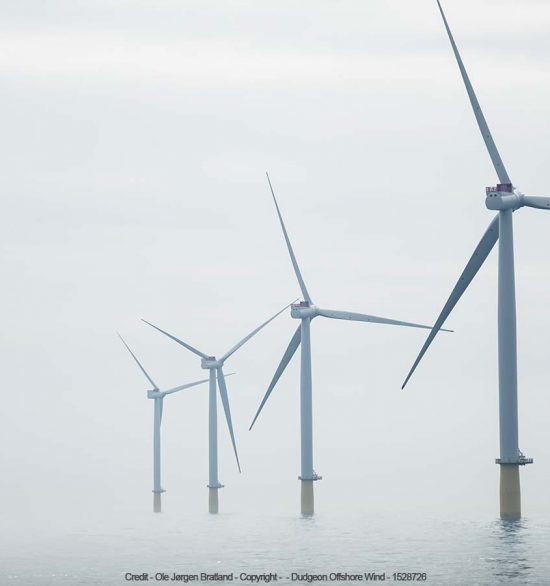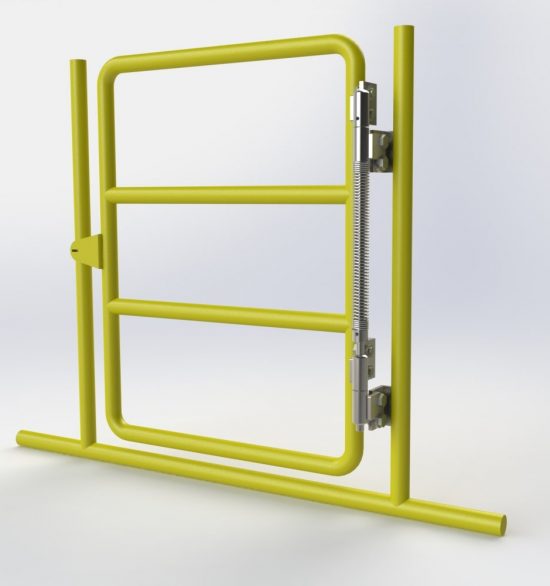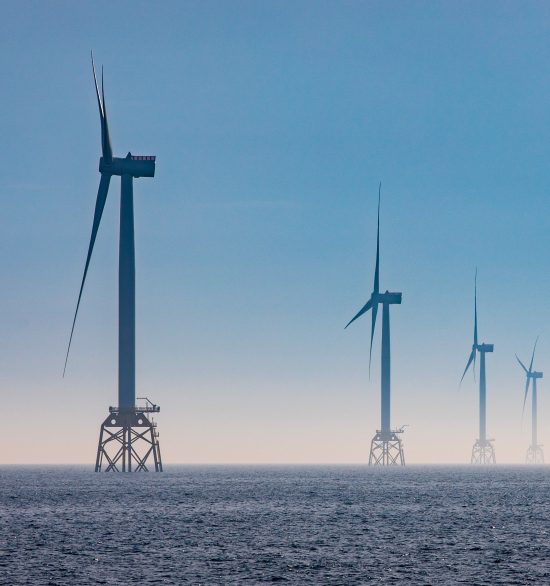Offshore Gate Closer – Dudgeon Wind Farm
As an established expert in all things gate hardware, Gatemaster Offshore (then under the name of Signet Locks) was approached to supply self-closing hinges to an offshore structure, the Dudgeon project off the coast of Norfolk. What started as a standard off-the-shelf project soon developed into a need for a bespoke offshore gate closer during our assessments of the usage and required functionality and longevity of the project.
Image Credit – Ole Jørgen Bratland
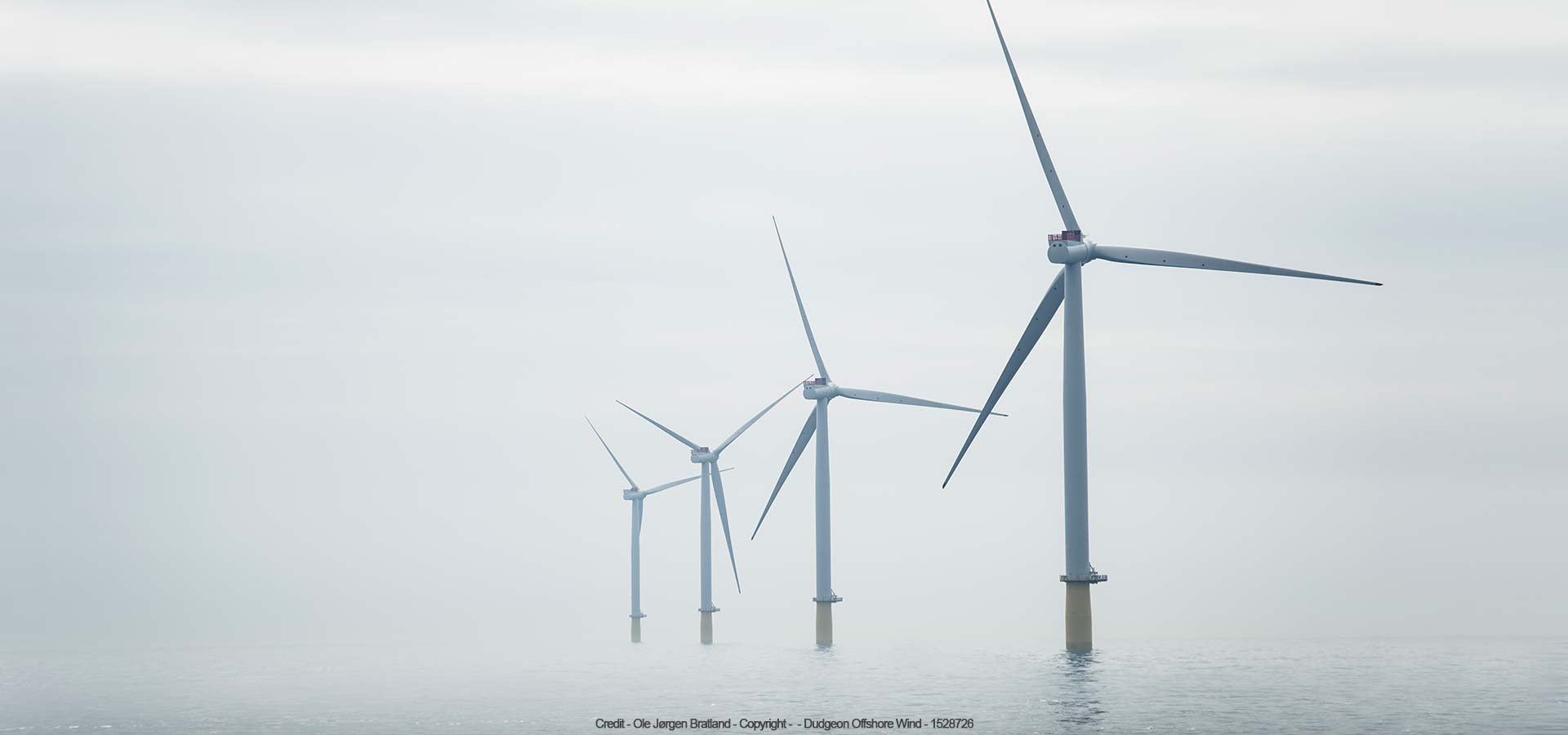
The Project
The Dudgeon wind farm is located 20 miles off the coast of Norfolk and consists of 67 6MW turbines.
For the access gates on the platform, the client enquired about an off-the-shelf closing hinge commonly supplied for industrial metal gates.

The Process
After researching and enquiring into the specific use and application of the hinge, Gatemaster Offshore decided to re-create the hinge.
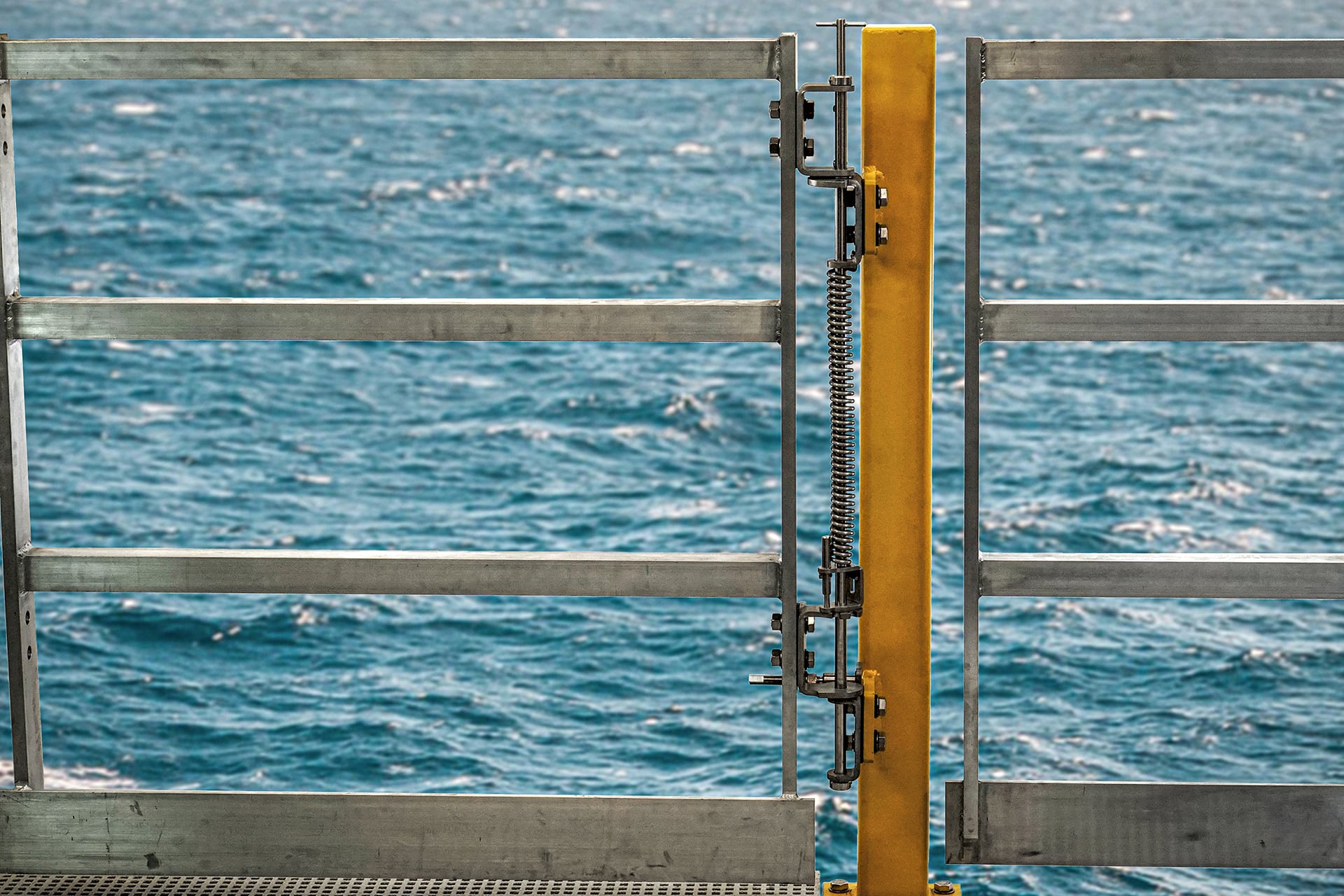
The Solution
In order to eliminate the potential corrosion risk, Gatemaster Offshore decided to make the hinge in-house and were therefore able to alter it slightly. Instead of welding the plate to the cylinder, it was instead incorporated and the whole component was made into one piece.
The Project
The Dudgeon wind farm is located 20 miles off the coast of Norfolk and consists of 67 6MW turbines.
For the access gates on the platform, the client enquired about an off-the-shelf closing hinge commonly supplied for industrial metal gates.
This type of hinge consists of a cylinder with a plate welded on as well as two fixing brackets.
The Solution
In order to eliminate the potential corrosion risk, Gatemaster Offshore decided to make the hinge in-house and were therefore able to alter it slightly.
Instead of welding the plate to the cylinder, it was instead incorporated and the whole component was made into one piece.
Through working with the engineers on the project and understanding the application of the hinge, we were able to apply our technical knowledge to improve the initial hinge design and consequently made the hinge stronger, more reliable, and less susceptible to corrosion.
